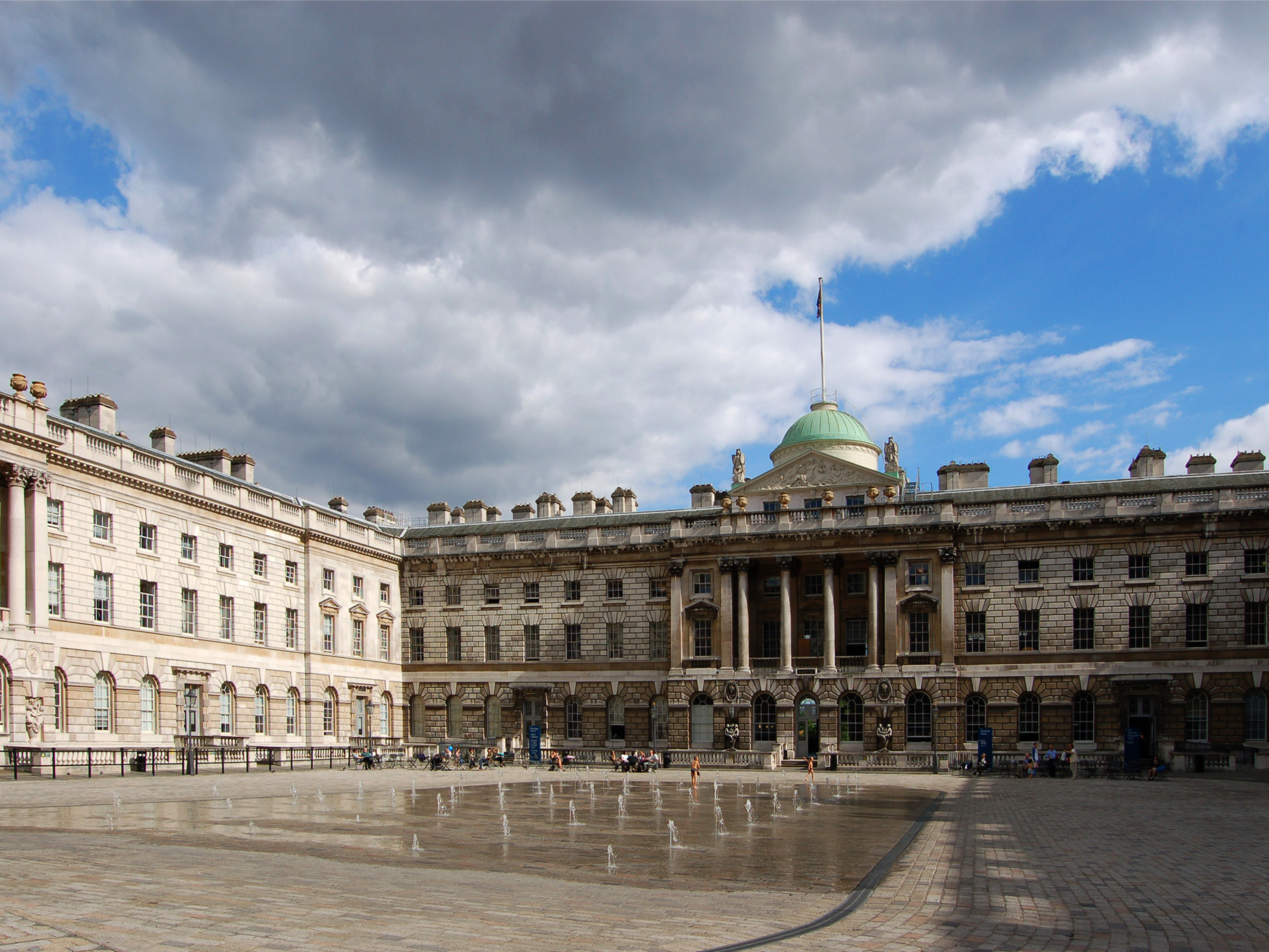|
Styche Hall
Styche Hall is a country house near Market Drayton, Shropshire. It was home to the Clive family and is a Grade II listed building. Styche belonged to the Clive family, and Robert Clive was born in the old timber-framed house in 1725. On his return from India in 1760, he decided to rebuild Styche Hall. He commissioned Sir William Chambers, who carried out the rebuilding between 1762 and 1766. Further alterations were carried out by Joseph Bromfield of Shrewsbury in 1796–98 for his son Hon. Robert Clive (1769–1833). These included bays, and it is possible that the second floor was added at the same time. Further modifications were carried out around 1900. The building is now divided into flats. See also *Listed buildings in Moreton Say Moreton Say is a civil parish in Shropshire, England. It contains 21 listed buildings that are recorded in the National Heritage List for England. Of these, two are at Grade II*, the middle of the three grades, and the other ... [...More Info...] [...Related Items...] OR: [Wikipedia] [Google] [Baidu] |
Market Drayton
Market Drayton is a market town and electoral ward in the north of Shropshire, England, close to the Cheshire and Staffordshire borders. It is on the River Tern, and was formerly known as "Drayton in Hales" (c. 1868) and earlier simply as "Drayton" (c. 1695). Market Drayton is on the Shropshire Union Canal and on Regional Cycle Route 75. The A53 road by-passes the town, which is between Shrewsbury and Newcastle-under-Lyme. History Drayton is recorded in the Domesday Book as a manor in the hundred of Hodnet. It was held by William Pantulf, Lord of Wem, from Roger de Montgomery, 1st Earl of Shrewsbury. Drayton is listed as having a population of 5 households in 1086, putting it in the smallest 20% of settlements recorded. Domesday also lists Tyrley, which was the site of a castle later (). In 1245 King Henry III granted a charter for a weekly Wednesday market, giving the town its current name. The market is still held every Wednesday. Nearby Blore Heath, in Stafford ... [...More Info...] [...Related Items...] OR: [Wikipedia] [Google] [Baidu] |
Grade II Listed
In the United Kingdom, a listed building or listed structure is one that has been placed on one of the four statutory lists maintained by Historic England in England, Historic Environment Scotland in Scotland, in Wales, and the Northern Ireland Environment Agency in Northern Ireland. The term has also been used in the Republic of Ireland, where buildings are protected under the Planning and Development Act 2000. The statutory term in Ireland is "protected structure". A listed building may not be demolished, extended, or altered without special permission from the local planning authority, which typically consults the relevant central government agency, particularly for significant alterations to the more notable listed buildings. In England and Wales, a national amenity society must be notified of any work to a listed building which involves any element of demolition. Exemption from secular listed building control is provided for some buildings in current use for worship ... [...More Info...] [...Related Items...] OR: [Wikipedia] [Google] [Baidu] |
Robert Clive
Robert Clive, 1st Baron Clive, (29 September 1725 – 22 November 1774), also known as Clive of India, was the first British Governor of the Bengal Presidency. Clive has been widely credited for laying the foundation of the British East India Company rule in Bengal. He began as a writer (the term used then in India for an office clerk) for the East India Company (EIC) in 1744 and established Company rule in Bengal by winning the Battle of Plassey in 1757. In return for supporting the Nawab Mir Jafar as ruler of Bengal, Clive was granted a jagir of £30,000 () per year which was the rent the EIC would otherwise pay to the Nawab for their tax-farming concession. When Clive left India he had a fortune of £180,000 () which he remitted through the Dutch East India Company. Blocking impending French mastery of India, Clive improvised a 1751 military expedition that ultimately enabled the EIC to adopt the French strategy of indirect rule via puppet government. Hir ... [...More Info...] [...Related Items...] OR: [Wikipedia] [Google] [Baidu] |
William Chambers (architect)
__NOTOC__ Sir William Chambers (23 February 1723 – 10 March 1796) was a Swedish-Scottish architect, based in London. Among his best-known works are Somerset House, and the pagoda at Kew. Chambers was a founder member of the Royal Academy. Biography William Chambers was born on 23 February 1723 in Gothenburg, Sweden, to a Scottish merchant father. Between 1740 and 1749 he was employed by the Swedish East India Company making three voyages to China where he studied Chinese architecture and decoration. Returning to Europe, he studied architecture in Paris (with J. F. Blondel) and spent five years in Italy. Then, in 1755, he moved to London, where he established an architectural practice. In 1757, through a recommendation of Lord Bute, he was appointed architectural tutor to the Prince of Wales, later George III, and in 1766 also, along with Robert Adam, Architect to the King, (this being an unofficial title, rather than an actual salaried post with the Office of Works). He ... [...More Info...] [...Related Items...] OR: [Wikipedia] [Google] [Baidu] |
Joseph Bromfield
Joseph Bromfield (1744–1824) was a notable English plasterer and architect working in the West Midlands and in Central and Northern Wales in the late Georgian period. He was Mayor of Shrewsbury in 1809. Early career He was born, probably in Whitchurch, Shropshire, in 1744. His father, Robert Bromfield, was a builder. By 1752 the family had moved to Old Swinford in Worcestershire, where his father had become the clerk to the works at Hagley Hall. Joseph Bromfield was one of four brothers – the other three were also involved in the building trades, the youngest being Benjamin Bromfield, who became a sculptor, designer and manufacturer of marble fireplaces which he supplied to stately homes including Chirk Castle in Denbighshire. The father, Robert Bromfield, appears to have been associated with the Shrewsbury architect Thomas Farnolls Pritchard whose most important work was the designs for the Iron Bridge at Ironbridge. Through this connection his son Joseph started ... [...More Info...] [...Related Items...] OR: [Wikipedia] [Google] [Baidu] |
Robert Clive (1769–1833)
Robert Clive, 1st Baron Clive, (29 September 1725 – 22 November 1774), also known as Clive of India, was the first British Governor of the Bengal Presidency. Clive has been widely credited for laying the foundation of the British East India Company rule in Bengal. He began as a writer (the term used then in India for an office clerk) for the East India Company (EIC) in 1744 and established Company rule in Bengal by winning the Battle of Plassey in 1757. In return for supporting the Nawab Mir Jafar as ruler of Bengal, Clive was granted a jagir of £30,000 () per year which was the rent the EIC would otherwise pay to the Nawab for their tax-farming concession. When Clive left India he had a fortune of £180,000 () which he remitted through the Dutch East India Company. Blocking impending French mastery of India, Clive improvised a 1751 military expedition that ultimately enabled the EIC to adopt the French strategy of indirect rule via puppet government. Hired by the E ... [...More Info...] [...Related Items...] OR: [Wikipedia] [Google] [Baidu] |
Listed Buildings In Moreton Say
Moreton Say is a civil parish in Shropshire, England. It contains 21 listed buildings that are recorded in the National Heritage List for England. Of these, two are at Grade II*, the middle of the three grades, and the others are at Grade II, the lowest grade. The parish includes villages and smaller settlements, including Bletchley, Longford, and Moreton Say, and is otherwise rural. Most of the listed buildings are houses and cottages, farmhouses and farm buildings, the earliest of which are timber framed, one with cruck construction. The other listed buildings include a small country house An English country house is a large house or mansion in the English countryside. Such houses were often owned by individuals who also owned a town house. This allowed them to spend time in the country and in the city—hence, for these peopl ... and associated structures, a church and a tomb in the churchyard, a milepost, and a pump. __NOTOC__ Key Buildings ... [...More Info...] [...Related Items...] OR: [Wikipedia] [Google] [Baidu] |
Country Houses In Shropshire
A country is a distinct part of the world, such as a state, nation, or other political entity. It may be a sovereign state or make up one part of a larger state. For example, the country of Japan is an independent, sovereign state, while the country of Wales is a component of a multi-part sovereign state, the United Kingdom. A country may be a historically sovereign area (such as Korea), a currently sovereign territory with a unified government (such as Senegal), or a non-sovereign geographic region associated with certain distinct political, ethnic, or cultural characteristics (such as the Basque Country). The definition and usage of the word "country" is flexible and has changed over time. ''The Economist'' wrote in 2010 that "any attempt to find a clear definition of a country soon runs into a thicket of exceptions and anomalies." Most sovereign states, but not all countries, are members of the United Nations. The largest country by area is Russia, while the smallest i ... [...More Info...] [...Related Items...] OR: [Wikipedia] [Google] [Baidu] |





